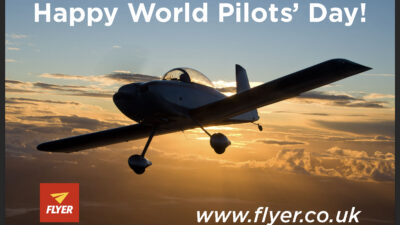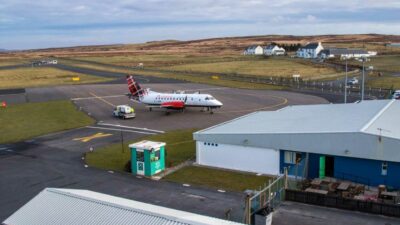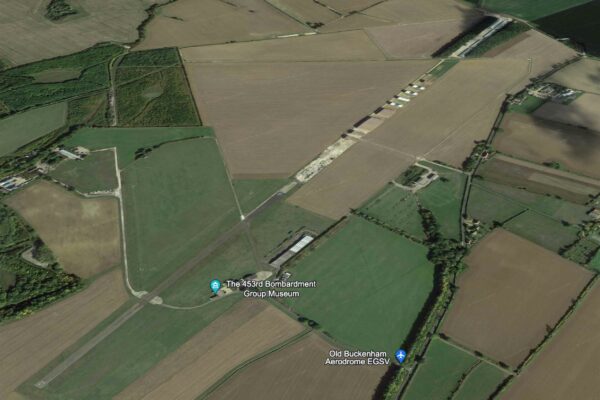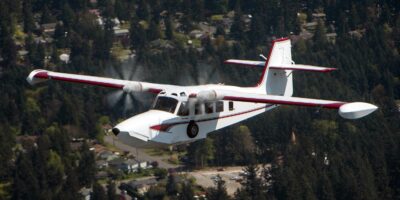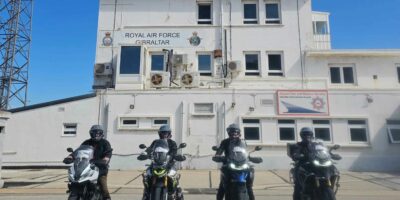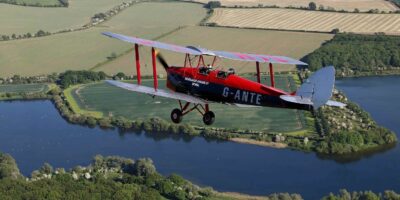The AAIB has <a href=’http://www.aaib.gov.uk/cms_resources/Luscombe%208E%20Silvaire%20Deluxe,%20G-AKUI%20and%20Pacific%20Aerospace%20PAC%20750XL,%20ZK-KAY%2002-09.pdf’ target=’_blank’>published its report</a> into the mid-air collision near Rugeley in Staffordshire in December 2007. The two aircraft involved were a Luscombe 8E Silvaire Deluxe and a Pacific Aerospace PAC 750XL, and while the PAC 750 managed to land at East Midlands Airport the Silvaire was destroyed and both occupants killed.
The AAIB report says that until the collision, the flights of both aircraft ‘were unremarkable. The aircraft were airworthy, the pilots qualified and experienced, and the weather was appropriate for the flights. In particular, it is clear that the weather conditions satisfied the relevant legal requirements for VFR flight.’
The PAC was in straight and level flight at the time of the collision, but the Luscombe just completed a turn to the right – there is a suggestion that this may have been due to the presence of a third aircraft in the area, and that the turn may have been an avoiding action.
‘When a pilot takes avoiding action,’ says the report, ‘he is less likely than normal to look out prior to manoeuvring his aircraft. In this circumstance, his priority lies in avoiding a seen ‘threat’, and the presumption, at least in the short term, that no other ‘threat’ exists in the direction of the turn, is normal.’
The ‘dynamic situation’ may have also been critical: the Luscombe was to the right of the PAC 750’s path, and thus less visible to the pilot of the PAC 750 than if it had been to the left. In particular, if the Luscombe was climbing slightly following an encounter with the third aircraft at about 1,800 ft, this would place the Luscombe below and to the right of the nose of the PAC 750, probably obscured by the PAC 750’s engine cowling. In a high-wing aircraft such as a Luscombe, lookout in the direction of any turn is impeded severely by the aircraft structure.’
The report notes that dark coloured aircraft are more conspicous than light coloured ones, and that both aircraft in this incident were dark coloured.
A part of the report is taken up with a discussion of Electronic Conspicuity and Collision Prevention, and in summary the AAIB says ‘technology would appear to offer a robust means of reducing the risk of mid-air collisions, but this depends upon the widespread fitting of airborne devices. Proposals for mandatory carriage of Mode S transponders outside controlled airspace met with widespread opposition from the recreational flying community; the CAA has withdrawn those proposals and no Safety Recommendation is made in this regard.’



